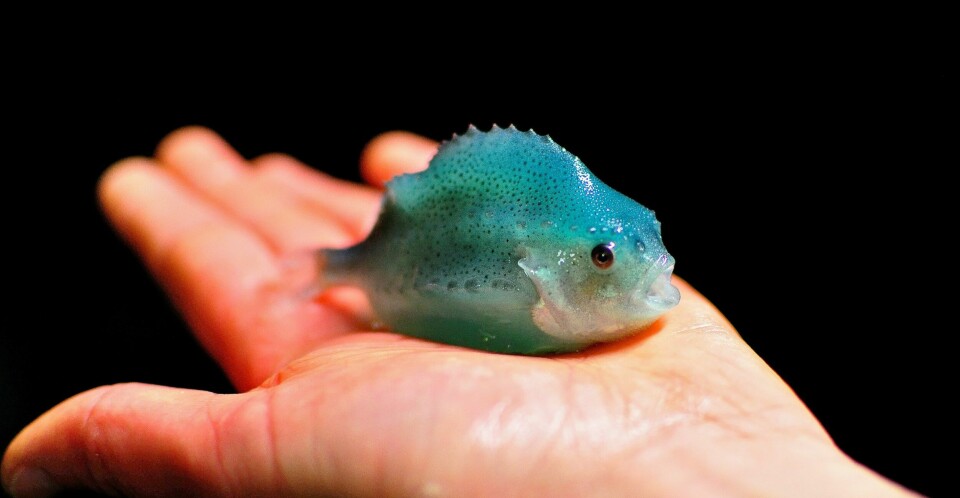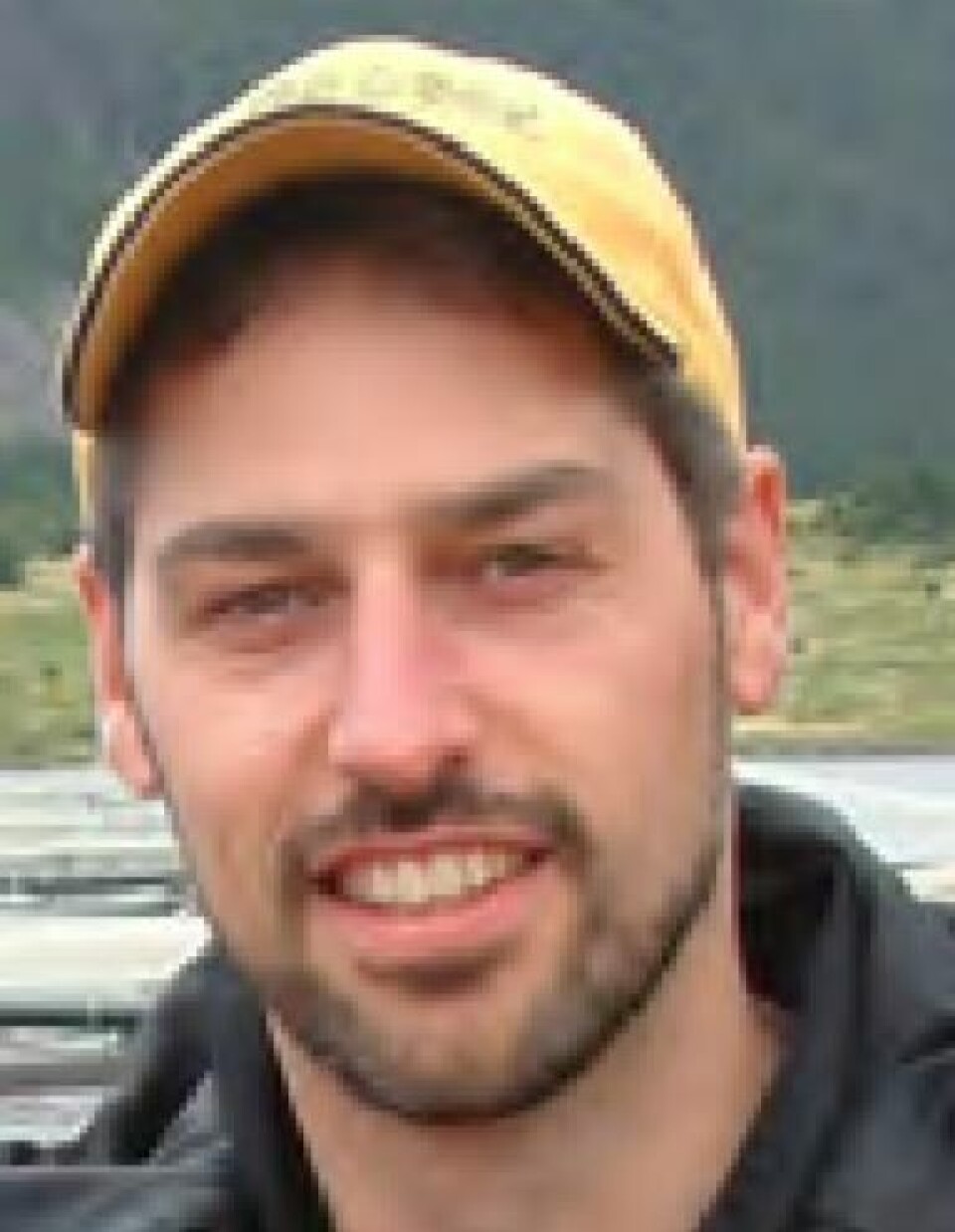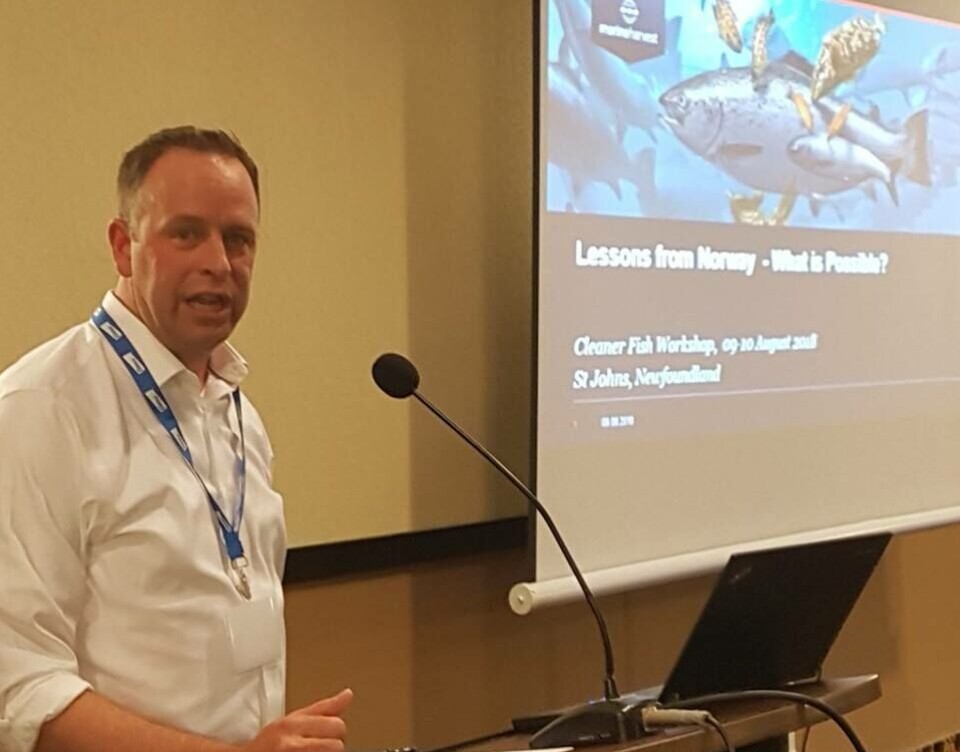
Atlantic Canada gets clued up on cleaner fish
Some of the world’s most renowned cleaner fish experts are this week passing on their knowledge at Atlantic Canada’s first cleaner fish workshop in St John’s, Newfoundland.

The two-day workshop, which concludes today, includes speakers from Norway, the Faroe Islands and the UK, as well as Canada.
The main purpose of the event is to survey the state of cleaner fish production globally and to fill knowledge gaps with respect to the scale-up of production and use of the fish in Atlantic Canada.
Knowledge gaps
Darrell Green, R&D coordinator for the Newfoundland Aquaculture Industry Association (NAIA) explained in the NAIA’s newsletter, The Cold Harvester, that although cleaner fish – specifically lumpfish – are used in NL fish farming, there are several critical knowledge gaps locally which must be filled.
Ballan wrasse, a popular cleaner fish species in Scotland and Norway, is not used in Atlantic Canada because it is not a native species. Instead, development efforts are concentrated on the use of a different wild-caught wrasse, the cunner (Tautogolabrus adspersus), and farmed lumpfish. To date, experimental trials in salmon cages with these two species across Atlantic Canada have had encouraging results.
Green said Cold Ocean Salmon (Cooke Aquaculture, NL) has stocked 55,000 lumpfish in cages in the spring, but requires 400,000 cleaner fish this year, and demand from other fish farmers was likely to triple that requirement.

He added that even with the ongoing development work, the supply of cleaner fish in NL will likely fall short of the demand over the next few years, and that the main challenge is to identify and mitigate the main challenges and bottlenecks facing cleaner fish culture and capture.
Production scalability
He wrote: “A recent gap analysis activity identified knowledge gaps in areas such as timing of wild stock spawning, broodstock husbandry, broodstock selection, juvenile diets, fish transport, use of vaccines, fish welfare in cages, supplemental diets in cages, efficacy evaluation, post-use disposal, disease profile of wild-collected cunners, wild cunner populations and regulatory requirements for collection and use. Each of these knowledge gaps are significant in the context of cleaner fish production scalability.”
Speakers at the workshop have so far included Jamie Gaskill, managing director of Marine Harvest Atlantic Canada; Sheldon George, saltwater production manager of Cold Ocean Salmon; Dr Kristin Eliasen, Fiskialing, Faroe Islands; Esbern Joannes Patursson, Hiddenfjord, Faroe Islands; Paul Howes, University of Swansea;, Dr Thor Magne Joassen, Akvaplan, Norway; Dr Richard Prickett, Dorset Cleanerfish Ltd, UK; Bjornar Sorulk Gundersen, Skjerneset Fish AS, Norway; and Dr Gordon Ritchie, Marine Harvest, Norway.























































